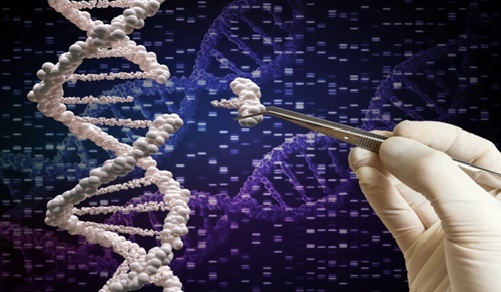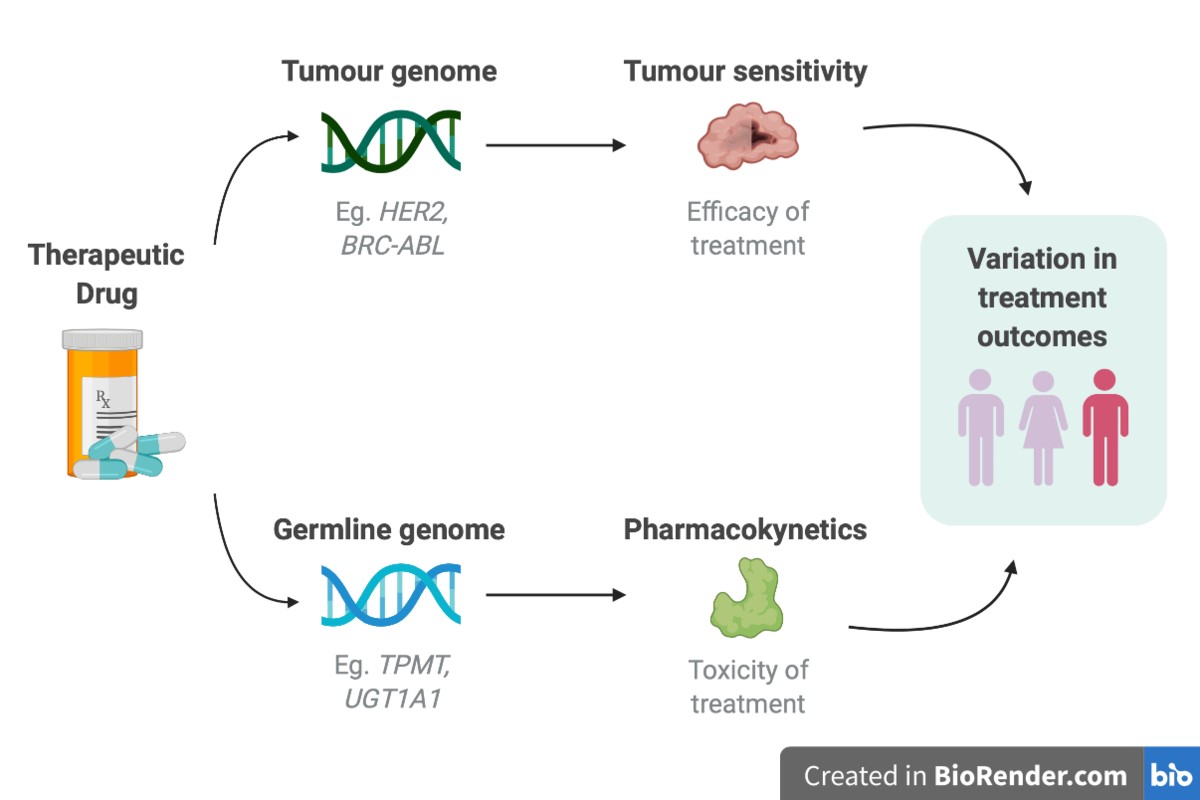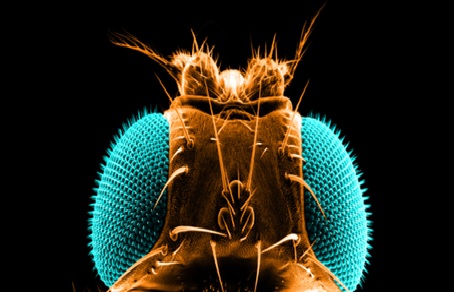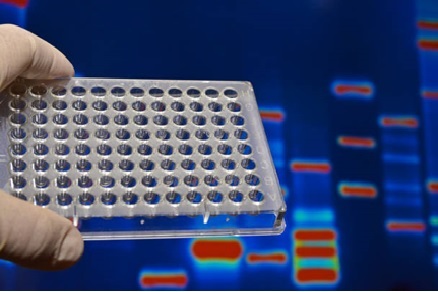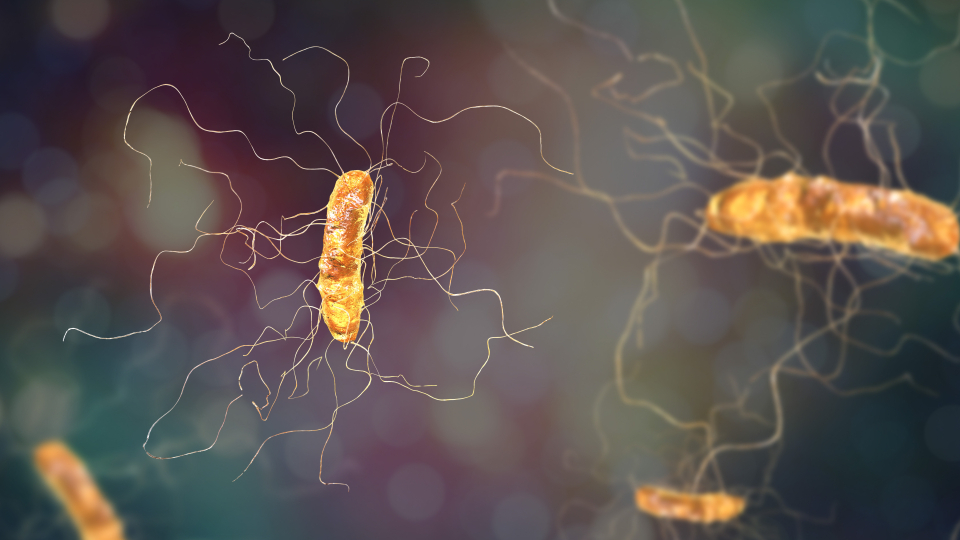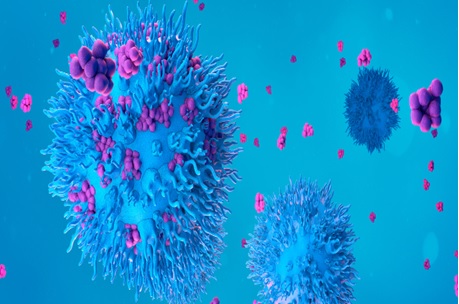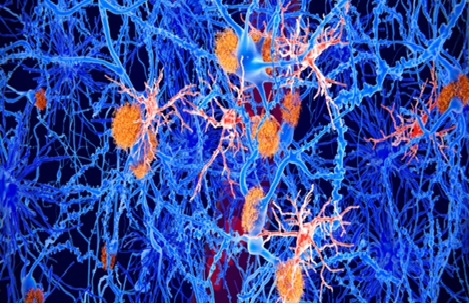Nanotechnology Methods for DNA Isolation
Deoxyribonucleic acid (DNA) is the self-replicating genetic material that exists in nearly all living organisms. Aside from its role as a living material, synthetic DNA has also been investigated as a novel biomaterial for various purposes ranging from biological sensors and imaging tools to analytical applications.
The basic working principle behind DNA nanotechnology is the fabrication of specifically shaped nano-architects in the one-, two, and three-dimensional (1D, 2D, and 3D, respectively) geometries through simple self-assembly of various DNA strands.[1]
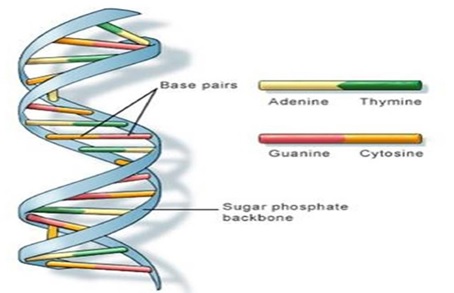
Figure 1. Nanotechnology Methods for DNA Isolation
Nanotechnology methods for DNA isolation is shown in figure 1. In addition to its genetic function, DNA is one of the most distinct and smart self-assembling nanomaterials. DNA nanotechnology exploits the predictable self-assembly of DNA oligonucleotides to design and assemble innovative and highly discrete nanostructures. Highly ordered DNA motifs are capable of providing an ultra-fine framework for the next generation of nanofabrications.
Nucleic acids (e.g., deoxyribonucleic acid (DNA) and ribonucleic acid (RNA)) encode the genomes of all living things on earth. Of these, DNA has become a key biological molecule in the study of genetics, medicine, and biotechnology.
It possesses the natural ability to self-assemble and interacts with a wide range of molecules. Besides its importance in genetic studies and its application in various biological fields like biomedicine, cancer research, and genetic engineering, DNA has also become a preferred material for nanotechnologists because of its unique properties of structural stability, programmability of sequences, and predictable self-assembly.
Nanobiotechnology is made up of two words: ‘nano’ pertains to the study or development of structures in the 1 to 100-nm size range in at least one dimension, while ‘biotechnology’ refers to technological tools associated with the development of living things or biological molecules. Thus, components of natural biological systems are scrutinized by nanobiotechnologists to engineer innovative nanodevices.[2]
DNA nanomaterials were developed with a wide variety of structures, including two- and three-dimension (2D and 3D) constructions. Furthermore, according to the various molecular building-styles of functional DNA materials, the constructions of artificially synthesized DNA nanostructures contain single-layer and multilayer nanostructures, which also can be sorted into linear, circular, and branched form.
The DNA origami technique makes it easy for preparation of DNA, which also promotes the explosive development of structural DNA nanotechnology. The advanced development of DNA nanotechnology then breeds various novel DNA nanomaterials that are applied widely, including tissue engineering, immune engineering, drug delivering, disease diagnosis, and as tools for molecular biology or as biosensors.
However, for therapeutic applications, some multifunctional polymeric DNA nanomaterials still maintain drawbacks, including being easily-metabolized, lack of targeting, and instability. Therefore, the combinations of DNA nanomaterials and other nanoparticles and hyper-polymeric compounds, such as gold nanoparticle (AuNPs), (PEI), chitosan, and poly-L-lysine (PLL), are also developed to overcome those limitations. [3]
References:
- https://www.news-medical.net/health/What-is-DNA-Nanotechnology.aspx
- https://link.springer.com/article/10.1186/1556-276x-8-119
- https://www.nature.com/articles/s41392-021-00727-9
Cite this article:
Gokula Nandhini K (2023), Nanotechnology Methods for DNA Isolation, AnaTechMaz,pp 189


